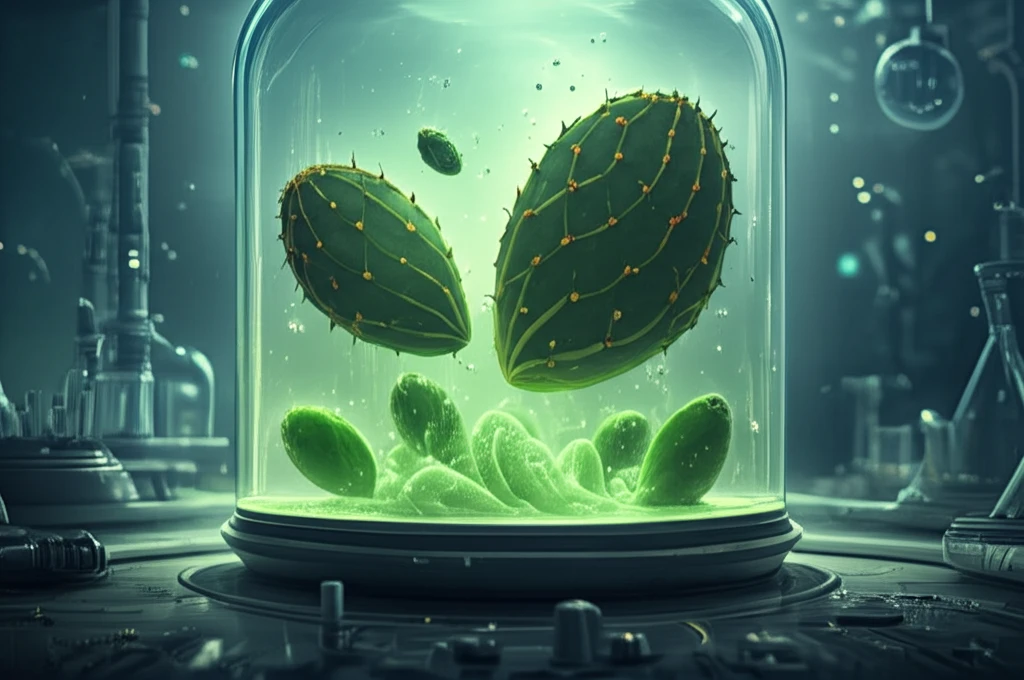
Unlock the Potential of Cactus: A Guide to Opuntia Monacantha Mucilage and Its Hydrocolloid Benefits
"Discover the surprising uses of this natural ingredient as a food stabilizer, emulsifier, and more!"
In the quest for natural and functional ingredients, food scientists and health enthusiasts alike are turning their attention to a somewhat prickly source: the cactus. Specifically, the mucilage derived from the cladodes (or pads) of Opuntia monacantha, also known as the Barbary fig, is emerging as a promising hydrocolloid. Hydrocolloids, prized for their ability to form colloidal solutions, are widely used as thickeners, gelling agents, and stabilizers in the food industry.
This unique substance offers not only functional benefits but also aligns with the growing demand for healthier food options. Many hydrocolloids are classified as dietary fibers, contributing to the increasing interest in products with reduced fat or sugar content. As consumers become more health-conscious, the search for new hydrocolloid sources with specific functionalities and synergistic interactions is intensifying.
Currently, Brazil relies heavily on imported hydrocolloids to meet industrial demands. Exploring native plants with high prospects for polysaccharide extraction, such as Opuntia monacantha, can transform Brazilian biodiversity into economic value. This plant, indigenous to South America, has demonstrated significant potential as an industrial hydrocolloid due to its viscous properties.
Unveiling Opuntia Monacantha Mucilage: Composition and Characteristics

Recent research has delved into the physicochemical and functional properties of Opuntia monacantha mucilage, shedding light on its potential applications in food systems. The extraction process yields approximately 12% (dry weight) of mucilage from the cladodes. Chemical analysis reveals that this mucilage is composed of roughly 80.12% carbohydrates, 15.14% ash, 3.55% protein, and 1.19% lipids.
- High Carbohydrate Content: Approximately 80% of the mucilage consists of carbohydrates.
- Rich in Essential Sugars: Contains galactose, glucuronic acid, and arabinose.
- Excellent Solubility: Readily dissolves in water, making it easy to incorporate into food products.
- Good Emulsifying Properties: Helps to stabilize mixtures of oil and water.
A Promising Future for Cactus-Derived Hydrocolloids
The combined results suggest that Opuntia monacantha mucilage holds significant promise for various applications in food systems. Its ability to act as an emulsifying, foaming, and thickening agent, as well as a stabilizer, makes it a versatile ingredient for improving food products. As research continues to explore its potential, expect to see more innovative uses of this remarkable cactus-derived hydrocolloid in the years to come.
